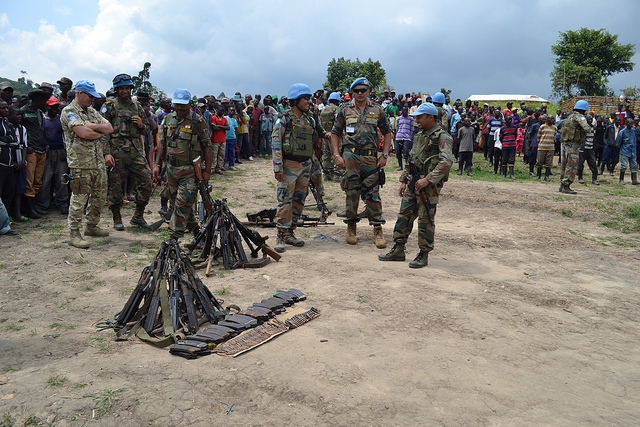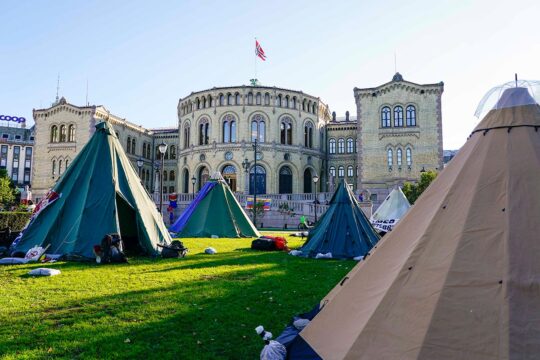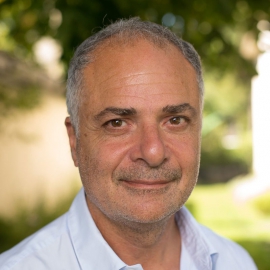“The times are they are a-changing”, Bob Dylan used to sing. The winner of the 2016 Nobel prize for literature was surely not thinking about transitional justice when he wrote those lines back in the 1960s. Yet times are also changing for transitional justice, which has become a key component of peace accords. But with new objectives come new challenges, and they are considerable.
Transitional justice was developed during the late 1980sand the following decade in the wave of optimism that followed the end of the Cold War. Defence budgets were falling, political and economic liberalism seemed here to stay, a bestseller predicted “the end of history” and the United States was the only superpower. Transitional justice embodied the process of negotiated transition that was taking place simultaneously in various parts of the world as authoritarian regimes gave way to democratic ones. The wars and crimes committed in former Yugoslavia, Chechnya and Somalia and the genocide in Rwanda certainly cast a shadow over this picture of reconciled humanity but did not fundamentally alter the optimism of the era, which is now gone.
Today we are living in a time of rising perils:finished are the dividends of peace and “the end of history”. History is moving forward and it is particularly bloody in the Middle East. Defence spending is rising in the West, in the Middle East and Asia, the number of refugees has never been so high since the creation of the UNHCR, nationalism and xenophobia are seducing electorates hit by rising economic inequality, the US President is advocating torture while his counterpart in the Philippines boasts of extrajudicial killings he has carried out himself -- two eloquent signs of the regression of human rights.
Toolbox
Apart from a few exceptions, including the fragile Tunisian democracy, transitional justice is no longer there to mark the path to a democratic State. But transitional justice is not obsolete, even if it has lost its initial purpose. The mechanisms of transitional justice have become an essential part of processes to end conflict. In Colombia, the Central African Republic (CAR), Mali and elsewhere, peace agreements include transitional justice tools or the whole toolbox. The UN sometimes plays an essential role as in the CAR, where the UN mission in the country supported the authorities in getting these justice mechanisms adopted in the “Republican Pact” of May 2015.
The fact that these tools are now being included comes in response to a clear fact: Fifty percent of peace agreements collapse within ten years. One of the reasons for this failure is that continuing impunity sows the seeds for a new round of violence as soon as one of the warring sides is no longer satisfied by the “deal”. Hence the need to end this vicious circle by strengthening rule of law and good governance, and gradually marginalizing the warlords. This is what is now at stake in transitional justice and the tools it has forged, such as Truth and Reconciliation Commissions, international tribunals, reparations programs and vetting processes for ex-combatants of armed groups wishing to join the State security services, to ensure that they have not committed war crimes.
Armed groups
The challenge is considerable especially in places where conflict has not ended and armed groups still control large parts of the country. This is the case in Mali and the CAR, for example, where transitional justice mechanisms have been created or are being set up but where the State remains notoriously weak.
It requires real determination on the part of the authorities to move forward on this path and share the goals with their people by sending unambiguous messages, as well as a real will to rally civil society,victims’ associations, religious platforms and human rights activists to the transitional justice process. It also means mobilizing the resources of the State and its partners to install a new balance of power that is less favorable to the armed groups.
That needs a strategy to gradually strengthen the authority of the State wherever possible, setting up courts and Truth Commissions in the parts of the country that have been secured. Hence the need also to work on the structural roots of the violence by fighting against corruption and ill-gotten gains, recognizing the rights of minorities and granting community reparations to groups that have been neglected by State development strategies.
Such are the ambitious challenges that must be taken up in order to strengthen social cohesion, re-establish trust between the authorities and the people and embark on a slow and difficult process to rebuild and redeploy the State.







